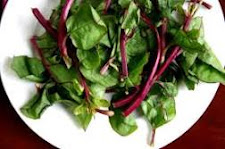Dr Abe V Rotor
True. Being omnivorous, cockroaches
voraciously consume all kinds of materials that are rich in carbohydrates,
proteins, fats and oils. But when these
are not available they turn to unlikely food source like soap, photographic
film, clothes, wood and drugs. In fact
they even turn into predators, devouring other insects, and sometimes biting
people in their sleep. Their bite often gets swollen and infected. Cockroaches
are found in all places where humans live and conduct his trade, commerce and
industry. Only rats can be compared with the tenacity of the cockroach.
The cockroach has very powerful
digestive enzymes: proteases digest protein, invertase
breaks complex sugar, and amylase
breaks starches. Its saliva contains
powerful enzymes coming from the gastric caeca, while the Malphigian tubules secrete
an enzyme that is equally disgusting. It
is no wonder that just a single frass (feces) can spoil a whole pot of rice by
its obnoxious smell. By the way there are three most common species that we
encounter in the home and public places.
These are the American cockroach or Periplaneta
americana
(large, rust red with a yellow band across its thorax), the German cockroach or
Blatta germanica (pale yellow, only
one-third the size of the American species) and the oriental cockroach or Blatta orientalis (dark brown to black,
the biggest and filthiest of all cockroaches.)


























